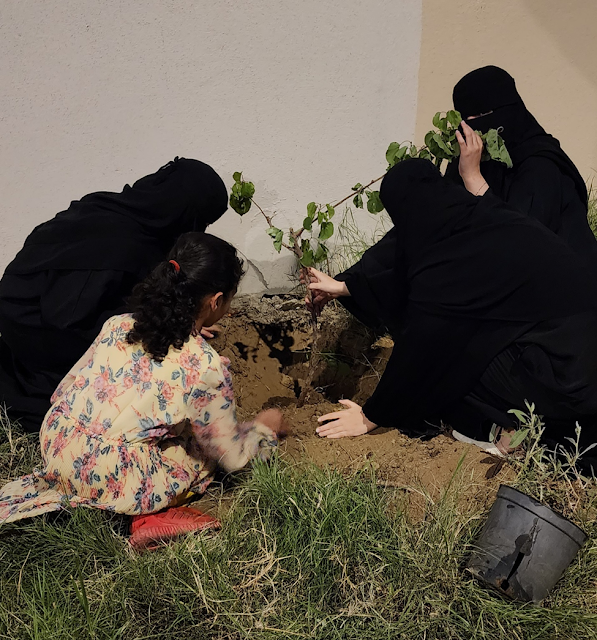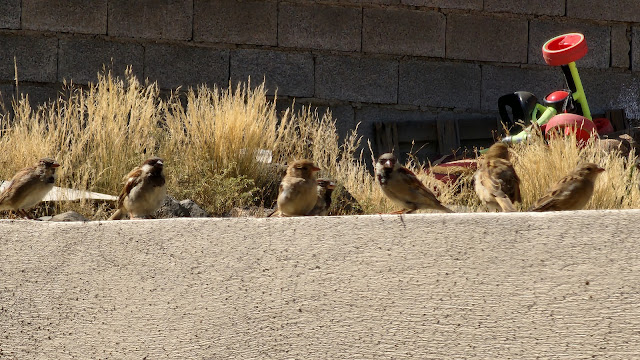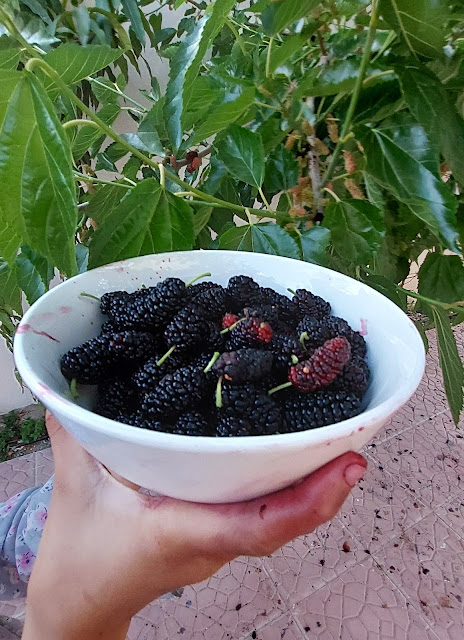A Breakfast with Elements at the Heights of Habla

There was a time when I lived in a sleepy, cold town all alone, having the luxury of a lovely friend, a small car, and a camera. We roamed around the places, exploring things no mortals we knew ever dared to. Once, he came up with a plan to watch the sunrise and had breakfast sitting on the top of a huge boulder, crowning the edge of a mountainous height and cutting steep slope that people feared to peep down. The mountain peak known as Habla is one of the peaks on the Aseer Mountain range, which is part of the Sarawat Mountains, running parallel to the Red Sea’s eastern coastline, extending the Hijaz Mountain range to the Southern borders of Saudi Arabia. Part of the plan was to start way earlier so that we could watch the sunrise, and December was never kind to the people of this part of the wo...



